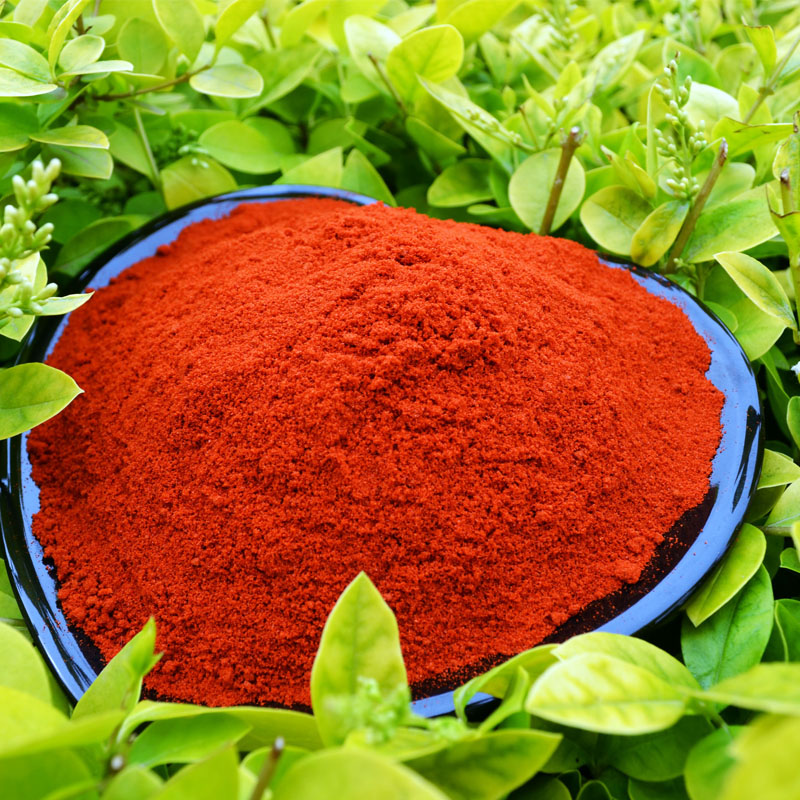- No. 268 Xianghe Street, Economic Development Zone of Xingtai city, Hebei 054001 China
- Byron@hbhongri.cn
Exploring Popular Varieties of Dried Chiles and Their Culinary Uses
Exploring Common Dried Chiles A Journey Through Flavor and Heat
Dried chiles have been a staple ingredient in culinary traditions across the globe for centuries. Often revered for their ability to add depth, complexity, and a variety of heat levels to dishes, they come in many forms, each with its unique flavor profile. In this article, we will explore some common dried chiles, their uses, and how they can elevate your cooking experience.
The Anatomy of a Chile
Before delving into specific types, it's worth noting the anatomy of a chile. Chiles are the fruits of certain plants in the Capsicum genus. When dried, they encapsulate the flavors and heat that fresh chiles offer but concentrate them in a way that is often more pungent and lasting. When cooking with dried chiles, it's important to consider the heat level, which varies widely between different types, often measured on the Scoville scale.
Common Types of Dried Chiles
1. Ancho Chile This is one of the most popular dried chiles, especially in Mexican cuisine. It is a dried form of the poblano pepper and has a mild heat level, ranging from 1,000 to 1,500 Scoville units. Ancho chiles are known for their rich, fruity flavor with hints of chocolate and tobacco, making them perfect for sauces, mole, and chili.
2. Guajillo Chile Another staple in Mexican cooking, the guajillo chile is characterized by its smooth skin and medium heat level, typically between 2,500 to 5,000 Scoville units. Guajillo chiles have a unique flavor, combining sweet, tangy, and slightly smoky notes. They are commonly used in salsas, marinades, and stews.
3. Chipotle Chile This smoked, dried jalapeño offers a bold and smoky flavor with a heat level ranging from 5,000 to 10,000 Scoville units. Chipotles are versatile and can be used in everything from adobo sauces to barbecue marinades, imparting an enticing smokiness that enhances a variety of dishes.
4. Pasilla Chile Often referred to as the little raisin, pasilla chiles have a wrinkled skin and a deep brown color. They possess a heat level between 1,000 to 2,000 Scoville units, with a flavor that is earthy and rich, reminiscent of dark chocolate and dried fruit. Pasilla chiles are commonly used in moles, sauces, and soups.
common dried chiles

5. Cascabel Chile Known for its distinctive round shape, cascabel chiles have a moderate heat level of about 1,500 to 3,000 Scoville units. Their flavor is nutty and tangy, making them a great choice for salsas, braises, and soups. The dried chiles feature a unique aroma that can transform a simple dish into a gourmet experience.
Cooking with Dried Chiles
Incorporating dried chiles into your cooking is both as simple and as complex as you desire. Here are some tips to get you started
- Rehydrating Most dried chiles benefit from rehydration before use. To rehydrate, soak them in hot water for 20-30 minutes or until they are soft and pliable. Afterward, you can blend them into sauces, chop them into salsas, or simply add them into stews.
- Toasting Toasting dried chiles in a dry skillet can amplify their flavor. Be careful not to over-toast, as this can lead to bitterness. Just a minute or two until fragrant is usually sufficient.
- Balancing Heat When using chiles with varying heat levels, balance is crucial. Pair hotter chiles with sweeter ingredients, like caramelized onions or roasted vegetables, to create harmony in your dish.
Conclusion
Dried chiles are not merely a source of heat but rather a journey through flavor. Each variety offers unique characteristics that can enhance and elevate your cooking, from sauces and stews to marinades and salsas. By exploring the different types of dried chiles and their uses, you can unlock new dimensions of flavor in your culinary creations, making them an indispensable part of your kitchen arsenal. Embrace the world of dried chiles, and let your dishes shine with vibrant flavors and textures that tantalize the palate.
-
Turmeric Rhizome Powder: A Golden Treasure from Roots to TableNewsJul.28,2025
-
The Versatile Application Of Crushed Red Hot Peppers: Lighting Up The Red Flames On The Dining TableNewsJul.28,2025
-
The Paprika: A Touch Of Vibrant Red In Color, Flavor, And CultureNewsJul.28,2025
-
Ground Turmeric: A Modern Examination of an Ancient SpiceNewsJul.28,2025
-
Capsicum Liquid Extract: Features, Applications, and ChallengesNewsJul.28,2025
-
Application of Capsicum Liquid Extract in FoodNewsJul.28,2025







